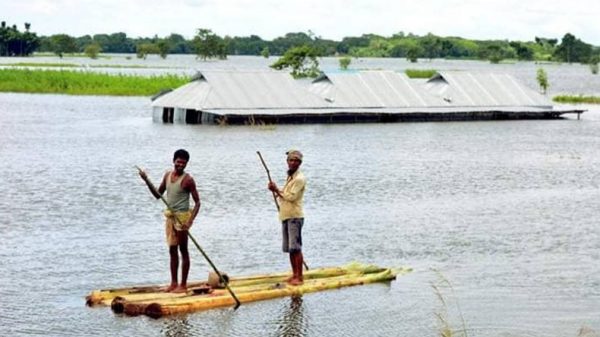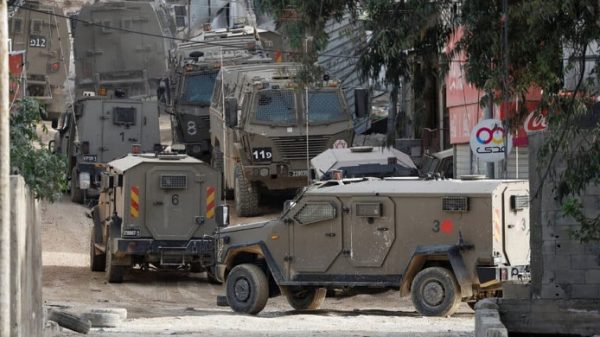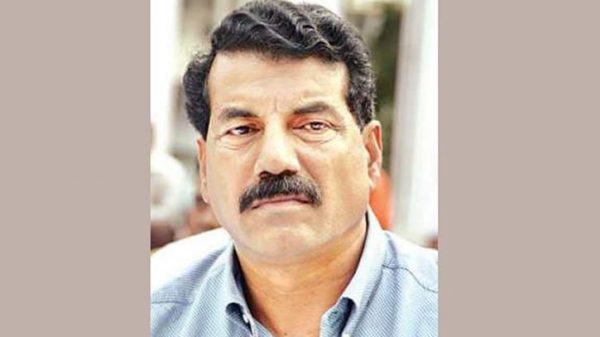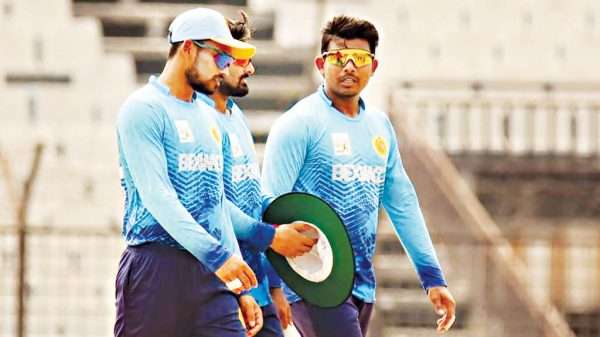Relief crisis deepens as govt in denial

Shawdesh Desk:
Amid reports of inadequate relief distribution leaving many half-fed or unfed in flood affected districts across the country, state minister for disaster management and relief Enamur Rahman said on Sunday that flood victims did not want relief.
‘Flood victims do not want relief,’ Enam told journalists at a press briefing organised at his office in the secretariat while sharing his experiences of travelling to all 28 flood affected districts.
He said that people rather demanded more embankments and elaborate plans for river training for building a disaster-resistant Bangladesh.
Some of the journalists shared stories of acute relief crisis in many affected areas contradicting the minister’s experience and wanted to know clearly from him if he thought relief supplies were enough.
At this point the disaster management and relief secretary Shah Kamal came up with an explanation to back up the minister’s remark.
He said that only those living below the poverty line qualified for relief assistance and thus their relief supplies were enough to meet the demands of 22 per cent people living below the poverty line. Until July 27, some 17 days since the flood struck Bangladesh triggered by heavy rains, the government allotted 27,350 tonnes of rice, Tk 4.72 crore, 3,900 bundles of CIS sheet and 1.13 lakh cartons of dry food for the flood affected people, journalists were told at the briefing.
Besides Tk 1.17 crore was also allocated for repairing houses and Tk 18 lakh spent on purchasing baby foods and Tk 24 lakh on fodder, the briefing revealed.
The briefing also revealed that the flood marooned 6,074,415 villagers in 6,053 villages in the flood affected 28 districts. Of them, 630,383 villagers lost everything.
Floods damaged 33,735 houses completely and 532,643 houses partially, forcing 174,650 people to seek refuge in 1,639 government shelters, the briefing revealed.
‘Flood does not discriminate. It washes away poor and rich alike,’ said Matiur Rahman, chairman, Kaliganj union parishad, Nageswari, Kurigram.
The entire Kaliganj union was under water for about a week when most of its 21,000 people had to move onto nearby embankments for shelter, reported New Age correspondent in Kurigram.
During the week, Matiur could help less than half of the affected people with the relief he received from the government.
‘Many of the affected people did not have anything to eat. Many eat once a day,’ he said.
Kurigram is among the worst affected districts where half of its population, almost a million people, were marooned by floods and thousands of them are still stranded in submerged villages and shoals.
In Jamalpur, floods marooned 1,283,790 people, more than half of its population, according to government estimates.
Floods marooned 597,497 people in Gaibandha, almost a fourth of its population.
New Age correspondent in Tangail and Rangpur repeatedly reported about acute crisis of food, drinking water and other basic emergency necessities like health care service in Jamalpur and Gaibandha.
Low-lying shoals in the districts are still submerged in many areas and many people complained to have received no relief so far.
In Lalmonirhat, about 50,000 people were still stranded in the submerged shoals and were virtually left to their own devices for survival.
Atiar Rahman, member, Dawabari union parishad, Hatibandha, Lalmonirhat, said that he did not receive any relief for 1,500 people stranded in his electorate until Sunday.
The necessity of relief assistance may not be over at once before the floodwaters receded as cropland on 153,733 hectares were damaged and fish farms were washed away leaving many without their sources of income.
The disaster management and relief ministry only counted drowning as deaths due to floods and said that 75 people drowned so far.
The health directorate estimated 98 drowning until Sunday morning. Apart from drowning, the health directorate counted death from snake bites also as a flood-related cause of death. They counted 10 deaths from snake bite so far.
The health directorate’s enlisting of snake bite victims among the flood-related causes of death makes more sense for flood victims come in direct contact with snakes while looking for shelters.
Water Development executive engineer Board Arifuzzaman Bhuyan told journalists during the Sunday briefing that water began to recede in many areas from Saturday.
He expected that the overall flood situation would improve by next 48 hours as rainfall reduced in the upstream. He, however, said that it might take a while for water to recede in the worst affected areas.
He said that rivers in Bangladesh might continue to recede over next two weeks.
The Flood Forecasting and Warning Centre said that ten rivers were flowing above their danger levels at 13 points at 9:00am Sunday.
Except for the Kushiyara and the rivers flowing in south-eastern and south-central regions, the rivers in Bangladesh may continue to recede until Monday morning, said the FFWC.
The Met Office predicted rains across Khulna, Barishal and Chattogram divisions until Monday morning.
The Indian Met Office predicted fairly widespread and widespread rainfall in West Bengal and Sikkim and Assam and Meghalaya throughout this week.
Heavy rains in the upstream and inside Bangladesh triggered the ongoing flood on July 10. The disaster management and relief ministry said that 18 districts are still flood affected.
Besides other damages, floods also killed 45 livestock, 22,339 farm birds, damaged 4939 educational and religious institutions, 7,027 kms of roads, 458 kms of embankments and 297 bridges and culverts.
A total of 60,289 tube wells were also polluted by flood waters.























Leave a Reply